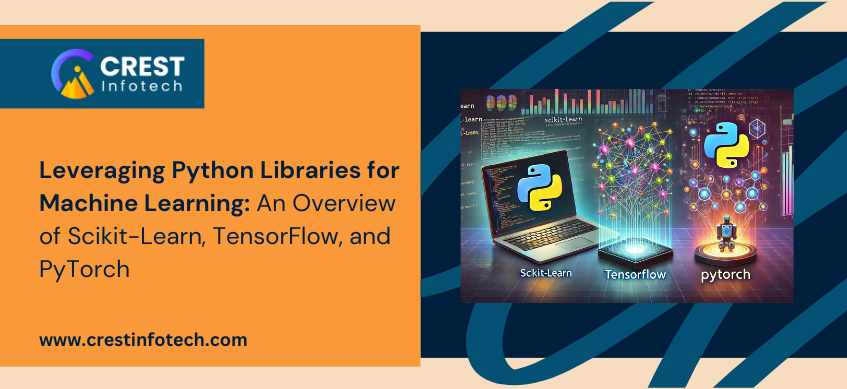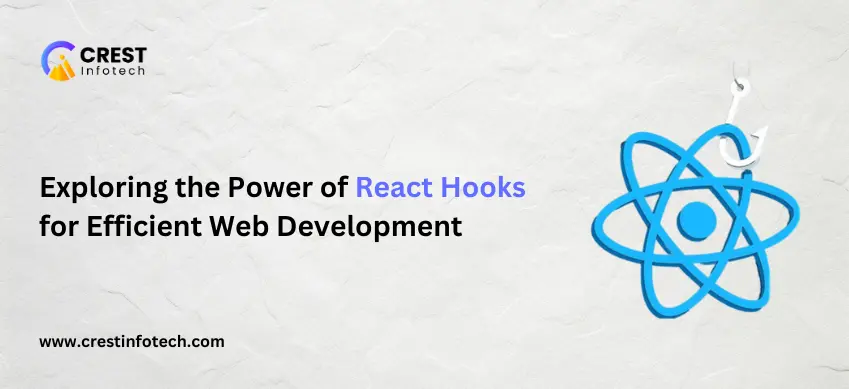Python has become the go-to programming language for Artificial Intelligence (AI) and Machine Learning (ML) due to its simplicity, readability, and vast ecosystem of libraries. Among these libraries, Scikit-Learn, TensorFlow, and PyTorch stand out as the most popular and versatile tools. Each serves a unique purpose, but combining their strengths can lead to powerful and efficient AI and ML solutions.
Scikit-Learn: Simplifying Classical Machine Learning
Scikit-Learn is the ideal library for beginners and for projects involving classical ML algorithms like regression, classification, clustering, and dimensionality reduction. Key features include:
- Ease of Use: A consistent API makes implementing models intuitive.
- Preprocessing Tools: Offers utilities for feature scaling, encoding, and splitting datasets.
- Model Selection: Provides cross-validation, grid search, and randomized search for hyperparameter tuning.
- Integration with Other Libraries: Works seamlessly with NumPy and pandas for data handling.
When to Use: Use Scikit-Learn for classical machine learning problems, such as predicting trends, customer segmentation, or basic recommendation systems.
TensorFlow: Building Robust Deep Learning Models
Developed by Google, TensorFlow excels in creating scalable and production-ready deep learning models. It offers:
- Comprehensive Ecosystem: Includes TensorFlow Lite, TensorFlow Serving, and TensorFlow.js for cross-platform deployment.
- Keras Integration: Simplifies neural network design with Keras’ high-level API.
- Advanced Features: Supports reinforcement learning, transfer learning, and custom model architectures.
- Scalability: Optimized for distributed computing and large-scale datasets.
When to Use: TensorFlow is suited for deep learning applications such as image recognition, natural language processing, and time-series forecasting.
PyTorch: Flexibility and Dynamic Computation
Developed by Facebook, PyTorch is known for its flexibility and dynamic computation graphs, making it a favorite among researchers. Notable features include:
- Dynamic Computation Graphs: Facilitates debugging and experimentation.
- TorchScript: Converts PyTorch models into deployable, production-ready formats.
- Rich Ecosystem: Includes libraries like TorchVision, TorchAudio, and TorchText for handling domain-specific tasks.
- Community Support: Strong community presence, driving innovation in AI research.
When to Use: PyTorch is ideal for research-oriented projects, custom neural networks, and scenarios requiring flexibility in model design.
Combining Scikit-Learn, TensorFlow, and PyTorch
While each library shines in its domain, leveraging them together can maximize efficiency and model performance. Here’s how they can complement each other:
- Preprocessing with Scikit-Learn: Use Scikit-Learn for data preprocessing, such as scaling features, encoding categorical data, and splitting datasets.
- Feature Engineering and Selection: Employ Scikit-Learn’s tools for feature selection or dimensionality reduction before feeding data into deep learning models.
- Model Prototyping: Start with Scikit-Learn for rapid prototyping and baseline models. Transition to TensorFlow or PyTorch for more complex tasks.
- Hybrid Models: Combine classical and deep learning techniques. For instance, use Scikit-Learn for feature extraction and TensorFlow or PyTorch for building and training neural networks.
- Model Evaluation: Utilize Scikit-Learn’s metrics for evaluating both classical and deep learning models to maintain consistency.
Conclusion
Combining the strengths of Scikit-Learn, TensorFlow, and PyTorch allows developers and researchers to build robust and efficient AI and ML solutions. Whether you’re crafting a simple classifier, designing a complex neural network, or experimenting with cutting-edge research, these libraries provide the tools and flexibility needed to succeed in the ever-evolving landscape of AI and ML.



